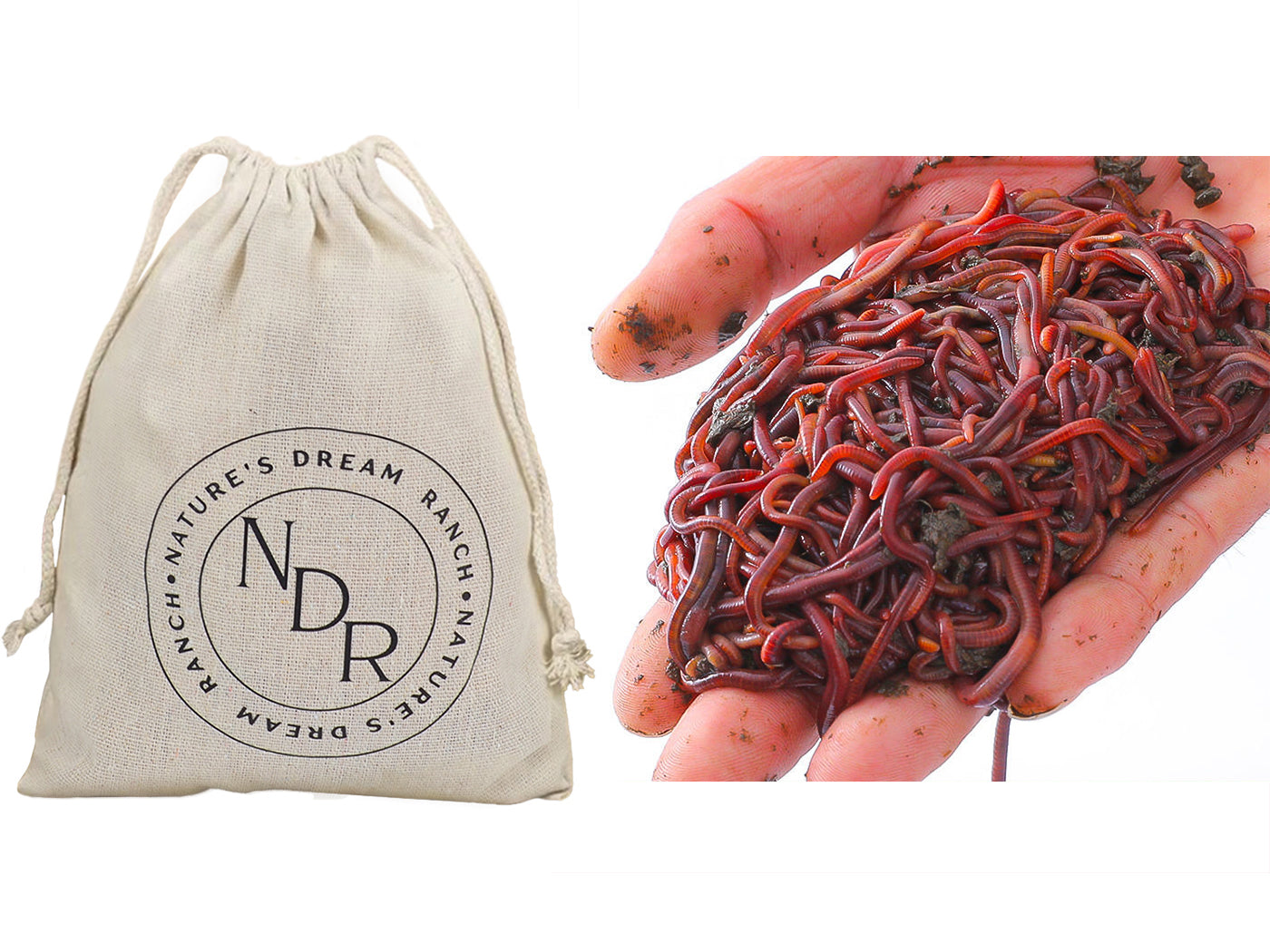Compost Worms Can Be Fun For Everyone
Table of ContentsRumored Buzz on Compost Worms9 Easy Facts About Compost Worms DescribedA Biased View of Compost WormsRumored Buzz on Compost WormsThe Best Guide To Compost WormsThe 15-Second Trick For Compost Worms
The cost and inconvenience of getting real-time lure is an annoyance when fishing with worms. If you just require online worms sometimes, visiting the lure shop is no big offer. Nonetheless, constant worm angling requires a substantial quantity of live bait. You save time and cash by keeping your very own supply of worms handy.

If you treat your worms well, they will reproduce. You require to make a home for your worms. Right here is the quick list: Find an ideal location for your worm bin or worm box not as well warm, not also cool.
Make sure the bin has air openings, drainage holes, and a cover. Order Super Reds (European Evening Spiders) from Uncle Jim's Worm Ranch.
How Compost Worms can Save You Time, Stress, and Money.
You will need to dampen and stir the bed linens up until it feels like a wrung-out sponge. Place the worms on top of the bedding. Whenever you need worms for fishing, get to in and get hold of some!
You can utilize "lure" such as food to attract them to a specific location. Every 3 to 6 months, collect some of the material from the bin. Leave the worms in the container. The bed linen will gradually be replaced by worm poop (humus). This organic product is loaded with nutrients and soil-friendly germs that plants like! Dig humus into your garden and potted plants, spray it on as worm tea, or mix with other product to grow beginnings.
Also, the majority of the worms will stay in the top trays. They will certainly be simpler to discover when you wish to go out on the water. Regular fishermens appreciate having real-time bait handy. Growing worms as angling bait conserves cash and time. The top quality of the worms will be high.
What Does Compost Worms Do?

My daddy simply gets rid of the old bedding with the egg cases and little worms and places fresh bed linen in. If it'' s fishing season throughout this moment, the huge worms are simply consumed.
If you have a seperate composting operation, you can put the old bedding with its little worms and egg situations therein.
My worm ""corral".
Its major purpose is to supply garden compost for the yard.
Below are the actions to establishing a worm container, feeding, breeding, care taking, and choosing the appropriate breed. compost worms. Making a home for your worms can in fact can be as straightforward as drilling a few holes in a plastic or foam container, filling it with some shredded cardboard or paper (do not utilize printed or colored paper as it can be poisonous to the worms), adding a number of inches of dust or potting dirt, and spraying on a bit of water to permit the dirt to be damp, yet not soggy
About Compost Worms
It likewise needs a cover so your worms can't get away (plus worms require dark and hate light). The dimension of the container depends on the number of worms you want to elevate. And afterwards naturally you have to pick the kind of worms you desire to raise and include them to their brand-new home.
Cover the container with the lid. If increasing the worms for angling bait, 2 of the most preferred breeds are nightcrawlers and red wigglers. The latter is also a great selection for vermicomposting, which suggests composting with worms. You can either dig for worms yourself in your yard or various other browse around this web-site appropriate area or acquire a pair lots of them from a lure store.
It does not matter what kind of worm you desire to reproduce. When establishing up a home for your worms, you initially need to pick an appropriate area to place the container.

The Best Strategy To Use For Compost Worms
If this happens the bin will create acid and poor odor, both of which you don't want. When you initially bring your worms to their brand-new home you can use their hostility to light to your advantage via leaving a light on over your worm home for the initial night.
Be sure not to leave the light on after that so as not to aggravate the worms and anxiety them out. What do worms eat? It is fairly straightforward to feed your worms.
Not known Details About Compost Worms
Everything depends on the number of worms and how fast they consume the food. You don't desire leftovers that will rot and transform slimy and gross. When it pertains to water for your worms, you require to guarantee you add enough water to the bedding to make it wet, yet not fill as mentioned previously in the beginning of this article.
Comments on “Compost Worms Fundamentals Explained”